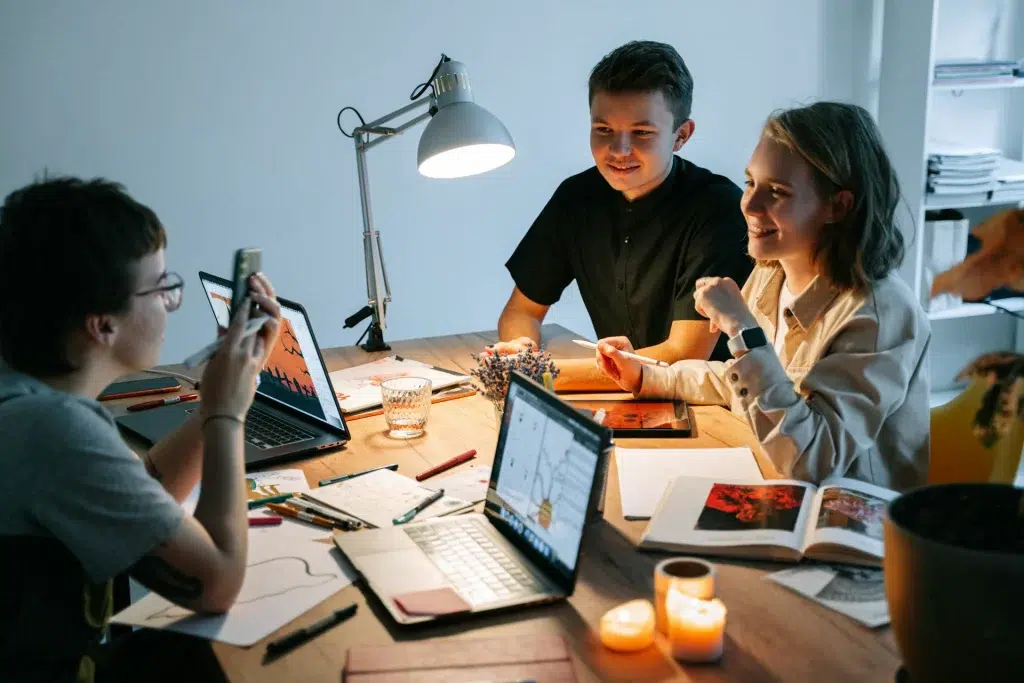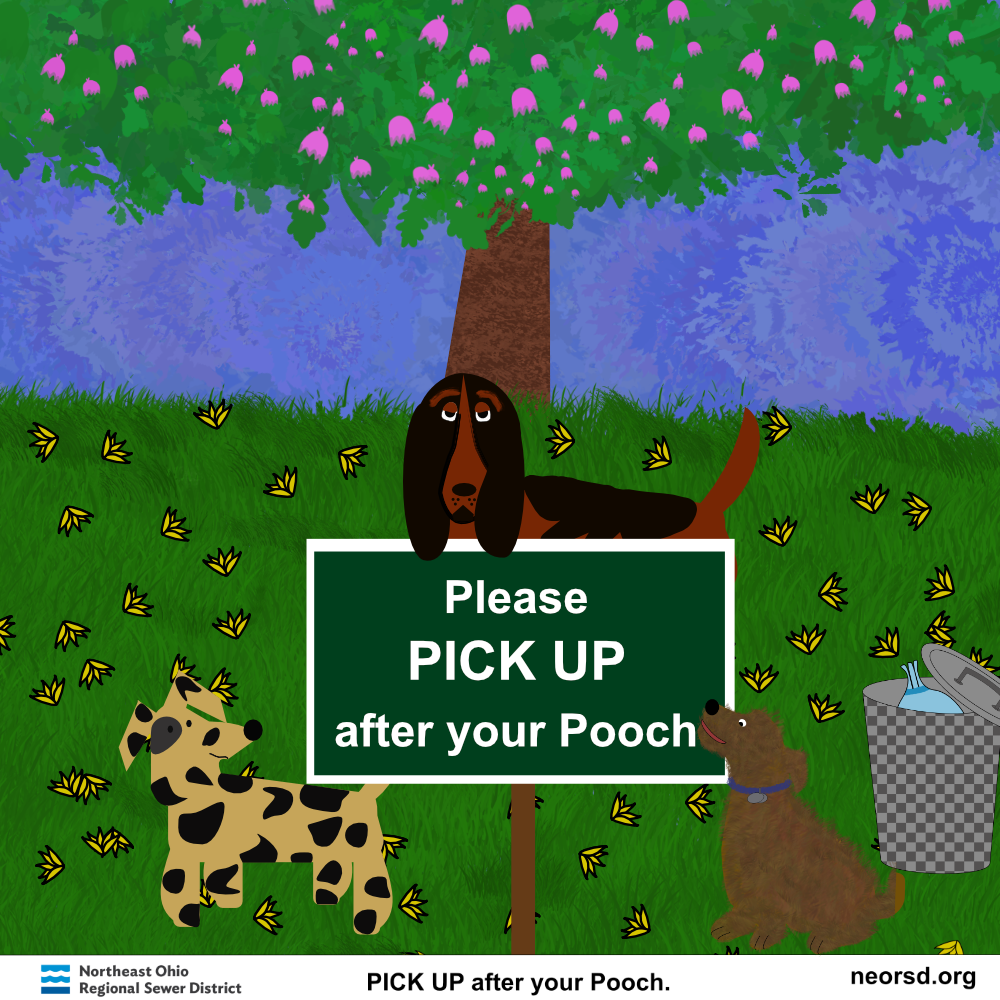
Art has always been this incredible way for people to express themselves—it captures emotions, wild ideas, everything that makes us human.
What’s interesting is how technology is completely shaking up how we teach and learn art. We’re not stuck with dusty old methods anymore. Let’s look at four ways in which tech is changing the game for artists and teachers.
1. Online Learning Platforms
Remember when you had to live in a big city to get a decent art education? Those days are gone.
Platforms like Coursera and Udemy have opened the floodgates. You can now learn everything from watercolor basics to advanced digital animation without leaving your bedroom.
What’s really cool is the flexibility. Got a day job? No problem. Live in a small town? Doesn’t matter. Quality art instruction is finally accessible to everyone, not just people who can afford expensive art schools or happen to live near them.
My advice is to look for courses with real interaction. You want feedback from actual instructors and other students, not just prerecorded videos.
2. Digital Tools and Software
Programs like Adobe Creative Suite have completely changed what’s possible in art education. Students can experiment with techniques that would’ve cost thousands in traditional materials.
Want to try oil painting? There’s a digital brush for that. Curious about screen printing? Software’s got you covered.
The art world has gone digital, and students need these skills to compete. Incorporating advanced technology, such as Touch Screen Laptops, can dramatically enhance the overall learning experience, giving students the hands-on feel they need for detailed work.
It’s not just about keeping up with trends. These tools actually expand what’s creatively possible.
3. Virtual and Augmented Reality
VR and AR sound futuristic, but they’re happening now in art classrooms. Imagine studying Renaissance art by actually walking through the Sistine Chapel. Or examining Van Gogh’s brushstrokes up close without traveling to Amsterdam.
This tech creates experiences you just can’t get from textbooks. Students remember what they experience way better than what they read. It’s like the difference between reading about swimming and jumping into the pool.
If you’re choosing an arts program, ask if they use VR or AR. It’s still not everywhere, but schools that have it are giving students a real advantage.
4. Collaborative Tools and Platforms
The internet has turned art into a global conversation. Platforms like Google Arts & Culture and various art-focused social networks let students share work instantly and get feedback from artists worldwide.
I’ve seen students in rural areas collaborating with peers in major art centers. They’re learning techniques and getting perspectives they’d never obtain otherwise. It’s like having the world’s biggest art studio where everyone can drop in and share ideas.
Bottom Line
Don’t just lurk on these platforms—jump in. Share your work, comment thoughtfully on others’, and join collaborative projects. The connections you make can shape your entire artistic journey.
Technology keeps pushing arts education forward, making it more accessible and engaging than ever. The key is embracing these changes while remembering that, at its heart, art is still about human expression and creativity.
Read more articles from Youth Series on our Zealousness blog.











